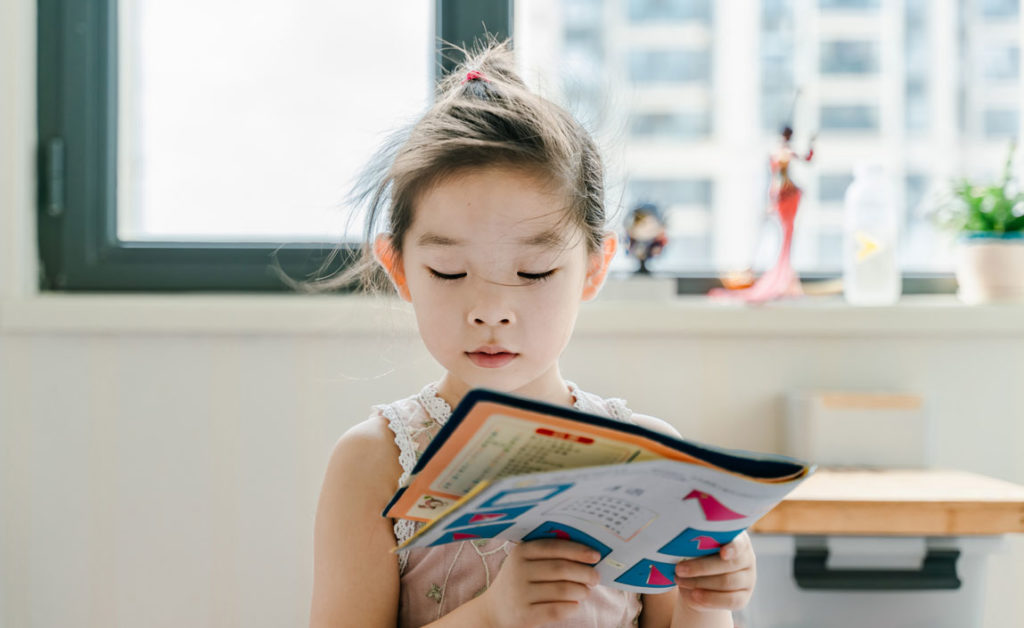Tips for Talking

Below are simple, practical ideas for moms, dads, and caregivers to support early childhood literacy.
Talking with Children
Simply talking with babies, toddlers, and preschoolers during everyday activities prepares them for school…years later! How? Talking develops young brains and builds vocabulary, making it easier to learn how to read.
Adults use two kinds of talk with children:
- Play Talk is interactive and includes a back-and-forth between adult and child. It is responsive, offers choices, asks questions, and is encouraging. You can use Play Talk through talking, reading, singing, playing, and telling stories.
- Business Talk consists of mostly statements and orders, and is usually a one-sided conversation (i.e. “put on your shoes” or “eat your food”).
Using Play Talk with children increases their vocabulary more than using Business Talk, even though Business Talk is necessary.
Using Play Talk During Everyday Activities
Caring for young children takes a lot of time and energy, and it can be hard to add anything more to your busy day. An easy solution is to talk with children while doing every day activities – such as taking a bath, eating a meal, changing a diaper, getting dressed, or going to the park!
Talk in the Language You Speak Best
Research shows that talking to children in the language you speak best is most helpful to them. When speaking in the language you are most fluent in, you use better grammar, bigger vocabulary words, and can talk about more complex ideas and topics. This helps children learn how language works. Children can then translate that knowledge to any new language they learn.
